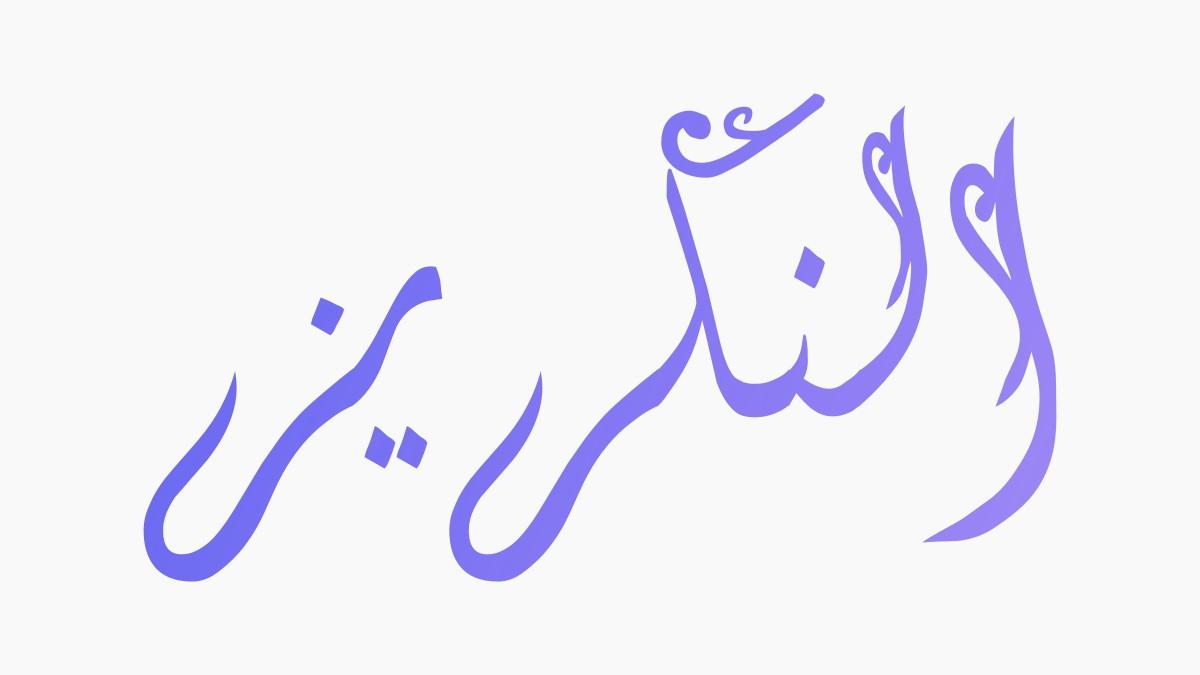
In the rich and diverse tapestry of Arabic music, the maqam system plays a pivotal role. A maqam (plural: maqamat) can be likened to a mode in Western music, but it's far more intricate, combining a collection of scales, motifs, and microtonal nuances that create a unique musical landscape.
One of the captivating maqamat is Maqam Nikriz. This blog aims to delve into the technical aspects, historical context, and emotional essence of Maqam Nikriz, providing a comprehensive understanding of its role in Arabic music.
Structural Analysis of Maqam Nikriz
Maqam Nikriz is distinct because of its unique scale and the emotional texture it encapsulates. A typical tuning of Maqam Nikriz would look like this in terms of its intervals:
- Tonic (1st Degree): Unison
- 2nd Degree: Whole step
- 3rd Degree: Half step
- 4th Degree: 1.5 steps (minor third)
- 5th Degree: Whole step
- 6th Degree: Whole step
Thus, the scale for Maqam Nikriz in its most common form (Nikriz on C) would be:
C, D, E♭, F♯, G, A, B♭, C
The emphasis on the augmented second (E♭-F♯) lends it a unique tone that is easily recognizable and full of rich, dramatic color.
Jins and Modulations
A defining feature of Arabic maqamat is their division into jins (plural: ajnas). Each jins is a segment of the scale consisting of typically 4 or 5 notes. Maqam Nikriz is often broken down into the ajnas as follows:
- Jins Nikriz: The lower tetrachord spans from C to F♯ (C, D, E♭, F♯).
- Jins Rast: The upper tetrachord starts on G and extends to B♭ or beyond (G, A, B♭, C).
Maqam compositions often move between ajnas (or tetra/pentachords) in fluid transitions called modulations. These modulations add dynamic emotional shifts within the piece.
Historical and Cultural Context
Maqam Nikriz likely has roots in the historical Arab world and its neighboring regions. Its distinctive scale intervals have been a source of fascination and application in classical Arabic music and beyond.
Historically, this maqam has been used in both vocal and instrumental compositions. From the court music of medieval Arab and Persian societies to contemporary Middle Eastern pop music, Maqam Nikriz has played a vital role in conveying a wide range of emotions, from joy and excitement to tension and mystique.
Emotional and Psychological Impact
Maqam Nikriz carries an emotive palette that is both vibrant and intricate. The augmented second interval creates tension, while the subsequent whole steps provide a sense of resolution and uplift.
Listeners often describe the maqam as having a lively, sometimes exhilarating quality. It’s evocative, enriched with a sense of longing and an undercurrent of dramatic tension. This emotional complexity makes it a favorite among composers and performers.
Applications in Contemporary Music
In modern times, Maqam Nikriz continues to be a staple in various musical genres within the Arab world. It's featured in traditional performances, contemporary compositions, and even in fusion genres where Arabic music intersects with jazz, electronic, and global pop music.
Artists often exploit the maqam’s unique tonal character to bring a distinctive flair to their compositions. You might find Maqam Nikriz subtly woven into the fabric of film scores, theatrical music, and even in the improvisations of skilled instrumentalists.
Conclusion
Maqam Nikriz is a vibrant, expressive maqam that exemplifies the complexity and beauty of Arabic music. Understanding its structure, historical context, and emotional range provides a more profound appreciation for not only this specific maqam but also the entire maqamat system. As listeners or practitioners, diving into the rich world of Maqam Nikriz opens up an expansive horizon of musical and emotional exploration.
Whether you are an avid listener of Arabic music, a musician looking to expand your repertoire, or just someone interested in the technicalities of global music traditions, Maqam Nikriz offers a fascinating journey into the heart of musical expression.
Feel free to explore more maqamat in our future posts as we continue to uncover the depths of this rich musical tradition.